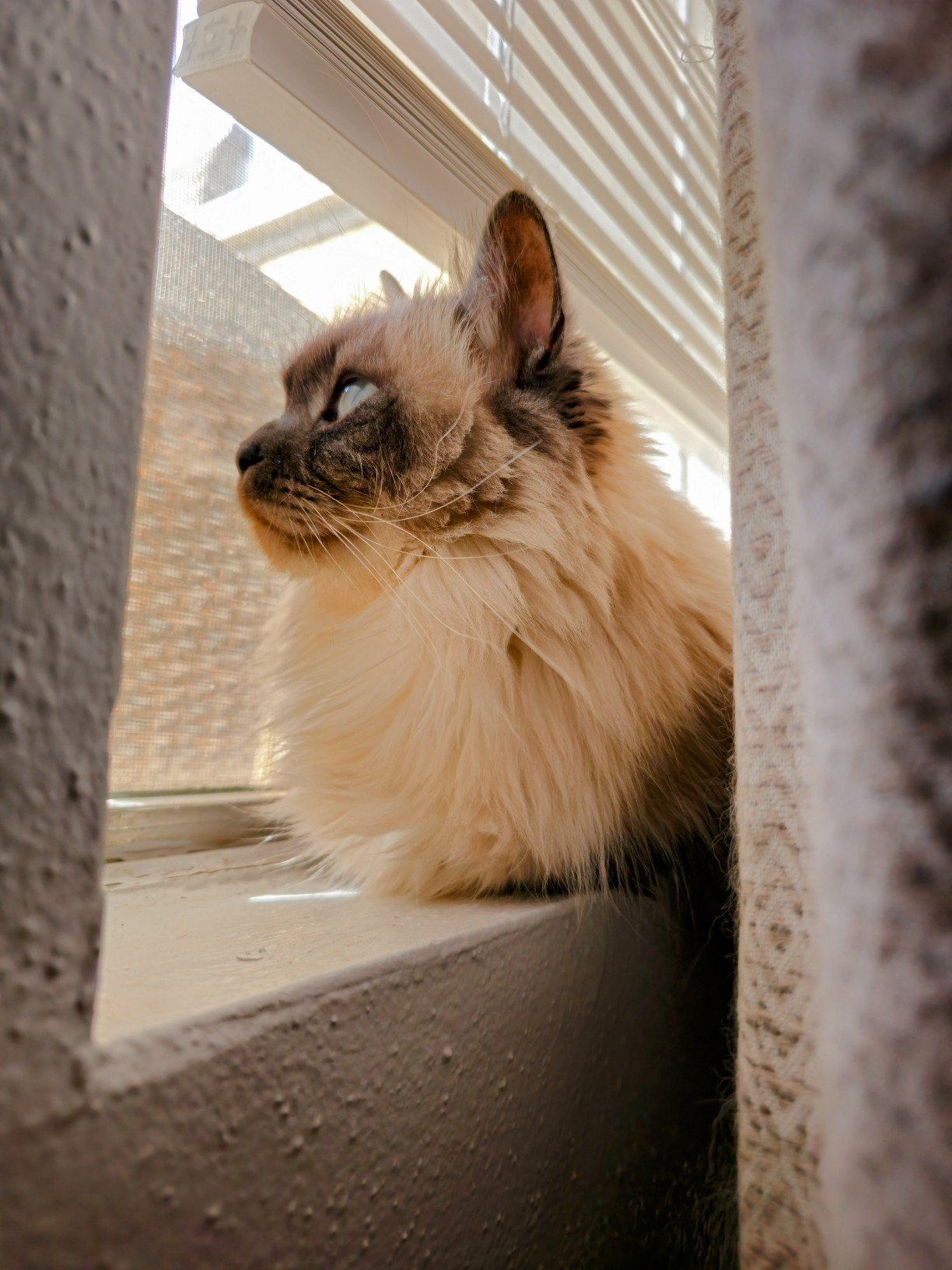

I’m rooting for Intel in these efforts. Hopefully someone can pressure TSMC 's prices down and maybe even offer alternative fab sources for chips. Especially with the geopolitical situations with China.
I probably sound like a crazy person, but sometimes I worry about too much global reliance on TSMC and their plants usually being in Asia. Diversity should keep the market more affordable and at lower overall risk.






“stfu Donny, you’re out of your element” … “life does not stop and start at your convenience you miserable piece of shit.”